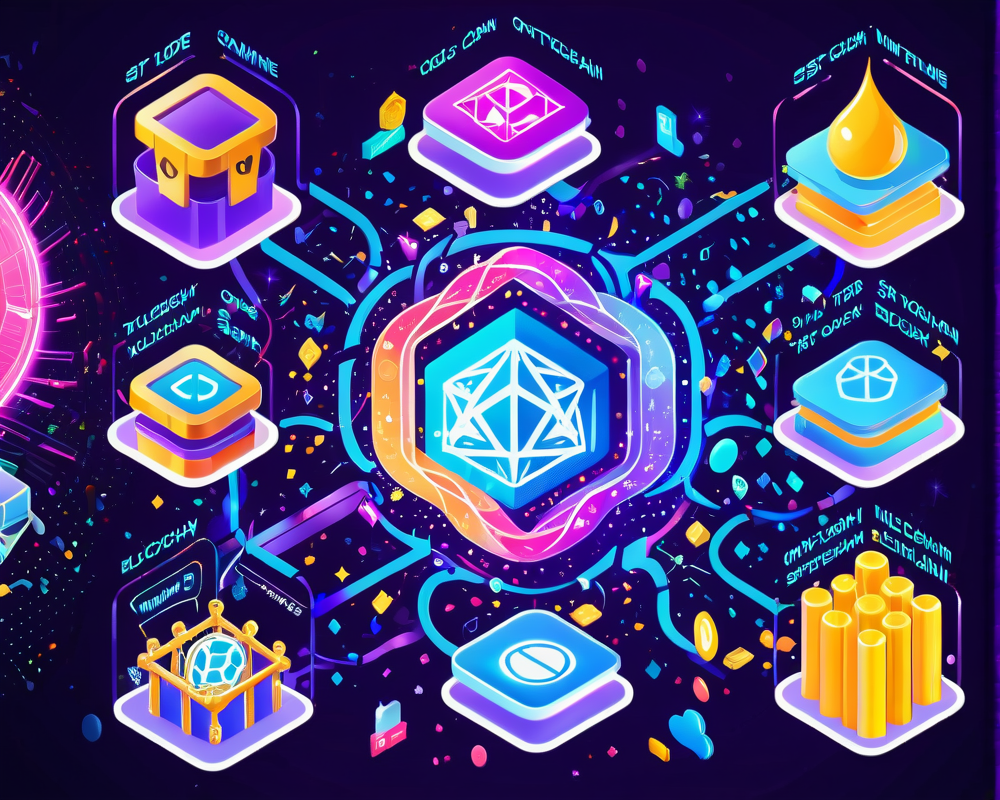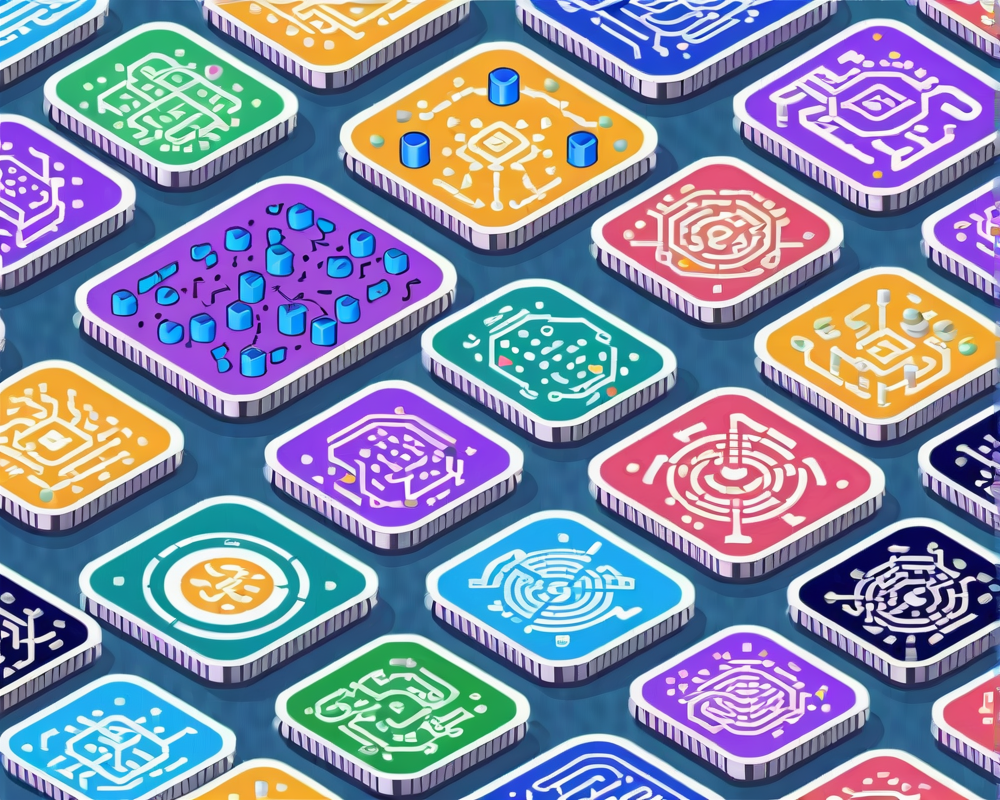Understanding Multichain Tokens and Their Benefits
Multichain tokens are shaking up the crypto landscape by making asset transfers between different blockchain networks as easy as trading baseball cards during lunch. Forget about losing your favorite players to the opponent’s team; with multichain tokens, you maintain custody while facilitating cross-chain transactions.
Experts like Marius Ciortan from Bitpanda emphasize that these tokens can amplify participation across decentralized finance (DeFi) platforms and enhance liquidity. Think of it: if assets can flow freely between networks, trading becomes smoother, and the risk of fragmentation diminishes. What’s not to love?
Interoperability Challenges: The Slippery Slope
Now, before we get too excited, let’s address the elephants in the room—interoperability issues. Like a poorly coordinated dance group, various blockchains often lack the rhythm to interact seamlessly. Without standard protocols, developers are like fish out of water, scrambling to pick up different exchange standards, wasting precious time that could be better spent building cool stuff.
- Absence of Standardization: Different protocols mean different rules, leading to confusion.
- Scalability Woes: Some protocols can’t handle rush hour traffic, slowing everything down.
Scalability isn’t just a buzzword; it’s essential. Imagine trying to get through a crowded subway tunnel during rush hour—nobody’s getting anywhere fast.
Security: The Necessary Evil
Security—enter the dark knight of blockchain protocols. As the network interconnects, vulnerabilities pop up like weeds in a garden. While we want a delightful ecosystem where tokens flourish, we also need to safeguard against those nasty hackers lurking in the shadows.
Ciortan points out that the validation of events across multiple chains is a complex task that demands rigorous research. Without strong security measures, the blockchain realm risks becoming the next hot spot for cyberattackers.
Pantos and the PANDAS Standard
Here’s where the Pantos group comes into play with the Pantos Digital Asset Standard (PANDAS). Yes, despite the name, there are no cuddly bears involved. This novel standard offers a way for tokens to hop from chain to chain with relative ease—like riding children’s scooters without brakes down a hill.
By leveraging smart contracts, PANDAS enables developers to deploy tokens across multiple networks without the hassle of maintenance. You want to transfer your Ethereum token to a Binance Chain DEX? No problem—Pantos has got that covered!
The Oracle Underpinning: How Verification Works
Stepping into the tech-heavy realm, Pantos has been at work on various validation methods, which promise better scalability and lower gas fees without compromising security standards. Here, oracles act like the guardian angels, confirming transactions on different blockchains.
Utilizing cryptographic techniques, Pantos ensures that any signatories involved are legit. Think of oracles as the bouncers of the blockchain club, making sure only the right crowd gets in. If your oracle nodes have their own private key shares, the system becomes just a tad harder to game.
The Bottom Line: Multichain Innovation Awaits
Multichain token systems are well on their way to revolutionizing the blockchain space, making transactions across networks straightforward and efficient. The days of relying on intermediaries may soon be a relic of the past, giving way to a future where assets transfer seamlessly—like butter sliding on a hot pancake.
So, next time you think of blockchain, remember: it’s not just about one network; it’s about a connected universe of possibilities waiting to be unlocked.




